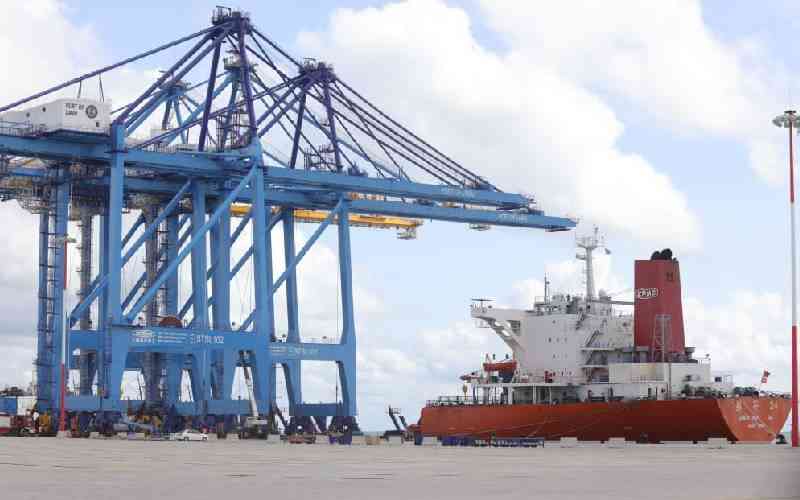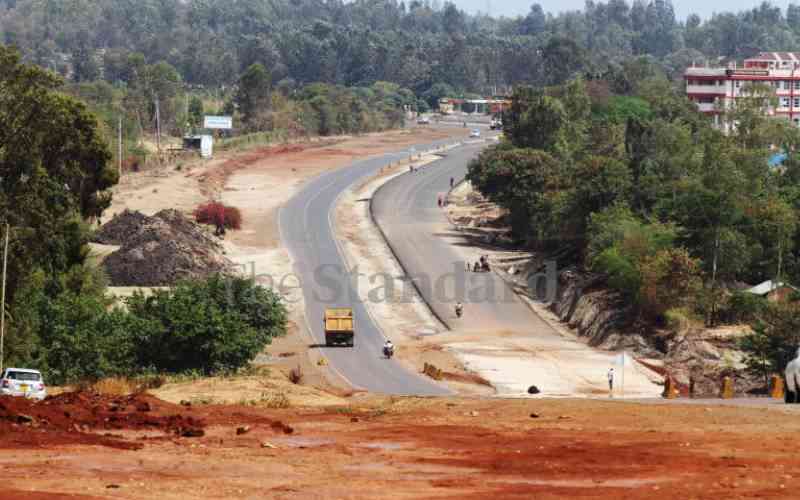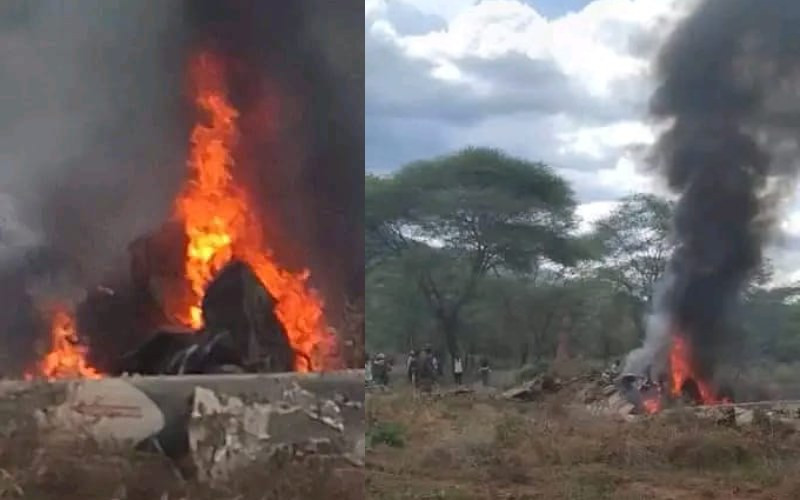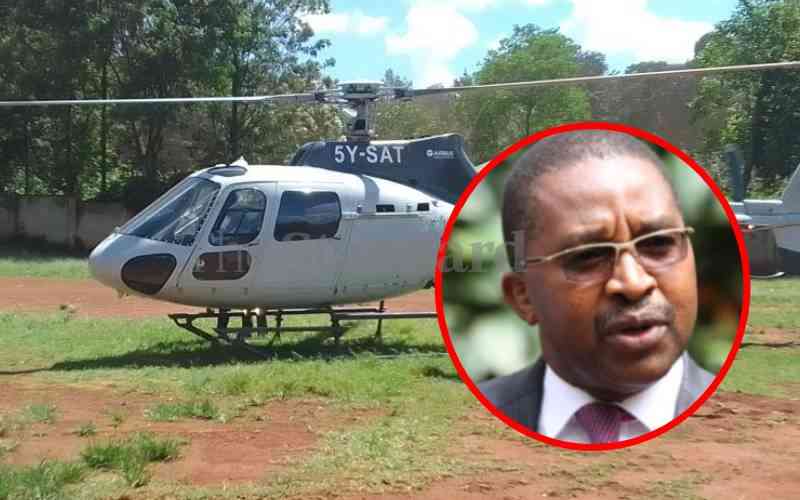
Last week, Uganda announced that the construction of the standard gauge railway (SGR) linking Kampala to Kenya would begin later this year. This gave plans to make Mombasa Port a major regional hub a major shot in the arm.
It also put to rest fears that Kampala had decided to execute another about-turn as it did with its crude oil pipeline and build a rail-link to Tanzania.
For this, Kenyans — including the China bashers — can thank the Export-Import Bank of China, the financier of both the Kenya and Uganda railway lines, for persuading Kampala to stick to the original plan.
China’s decision to make Kenya its hub for the greater Eastern Africa region may also have played a role in persuading Exim Bank to take a hard-line.
The hope is that key players in Kenya’s infrastructure sector recognise they are racing against time, and the world out there is growing in hostility at the same pace that the country is pulling ahead of its neighbours.
This means the tearing up of all past plans based on the need to maintain good neighbourliness, and drawing up of new ones based on emerging realities.
For starters, it helps that the Kenyan and Ugandan sections of the new railways will initially be operated and maintained by the same Chinese firm. The expectation is that the operator will do its best to maximise on returns.
Last month’s signing of a partnership between Pacific International Lines (PIL) of Singapore and China’s Guangzhou Nansha Development Zone will also go a long way towards steering cargo to the new railway line.
The announcement that PIL East Africa and the Guangzhou free trade zone will work together to develop Mombasa into a major logistics hub for the East African region and beyond is music to the ears of SGR promoters.
Standing still
But the announcement also underlines the Achilles’ heel of the rail and road development programme: the Mombasa Port.
The Government understands the harm that could be done by a dysfunctional port, and is investing billions of shillings to modernise it. Its 19 berths allow it to handle 1.1 million containers annually, and a general cargo size of 26 million tonnes — ahead of Dar-es-Salaam’s capacity of 15 million tonnes.
But Tanzania is not standing still. It has already received a Sh31.4 billion World Bank loan to expand the Dar-es-Salaam Port to increase its capacity to 28 million tonnes a year.
The developments are a pointer that size will not be the oil arsenal in the intensifying competition between Mombasa and Dar-es-Salaam.
Stay informed. Subscribe to our newsletter
Perhaps in realisation of this, Kenya last year approved the development of a Special Economic Zone (SEZ) in the Dongo Kundu area of Mombasa.
The zone is scheduled for completion next year, and will include commercial wholesale and retail operators, break-bulk facilities and logistics services, such as goods repackaging, warehousing and storage.
It will offer streamlined customs procedures for Common Market for Eastern and Southern Africa (Comesa) nations, with their combined population of 470 million. The SEZ is also expected to draw customers from as far away as West Africa, particularly Nigeria, provided it is well run.
Instead of viewing Tanzania as a competitor, a well-run SEZ will compete with Dubai, becoming a major boost to the country’s tourism industry, including the beleaguered Kenya Airways.
But despite all these investments and regular chest-thumping on how well Mombasa Port is running, a case could be made that a lot more needs to get done to bring the management of the facility to global standards.
This means the Government must commission a forensic audit of the port that would reveal the changes required to get its performance to the levels of its competitor Dubai, and beyond.
In the likely event that the audit recommends the turning over of the port’s management to an internally recognised operator, the Government should have the courage to do so. It should not pander to selfish interests.
[email protected]
 The Standard Group Plc is a
multi-media organization with investments in media platforms spanning newspaper
print operations, television, radio broadcasting, digital and online services. The
Standard Group is recognized as a leading multi-media house in Kenya with a key
influence in matters of national and international interest.
The Standard Group Plc is a
multi-media organization with investments in media platforms spanning newspaper
print operations, television, radio broadcasting, digital and online services. The
Standard Group is recognized as a leading multi-media house in Kenya with a key
influence in matters of national and international interest.
 The Standard Group Plc is a
multi-media organization with investments in media platforms spanning newspaper
print operations, television, radio broadcasting, digital and online services. The
Standard Group is recognized as a leading multi-media house in Kenya with a key
influence in matters of national and international interest.
The Standard Group Plc is a
multi-media organization with investments in media platforms spanning newspaper
print operations, television, radio broadcasting, digital and online services. The
Standard Group is recognized as a leading multi-media house in Kenya with a key
influence in matters of national and international interest.









